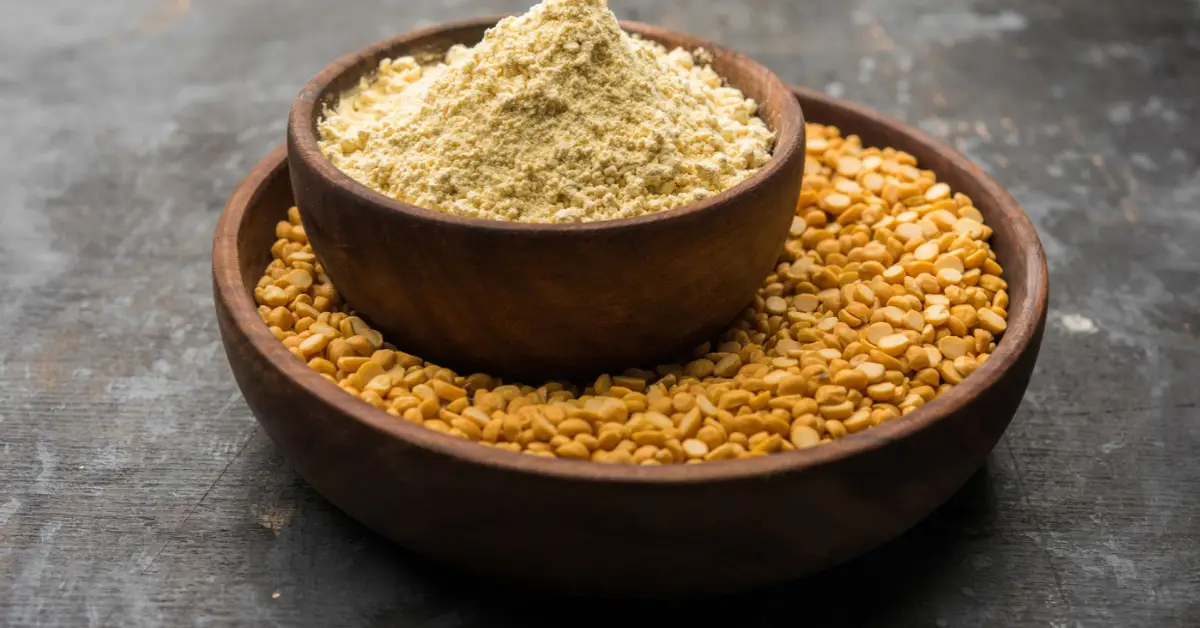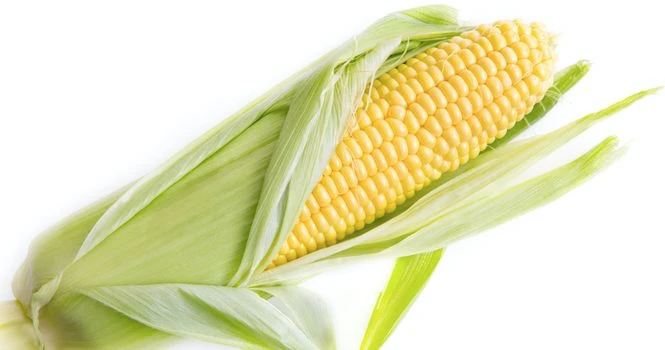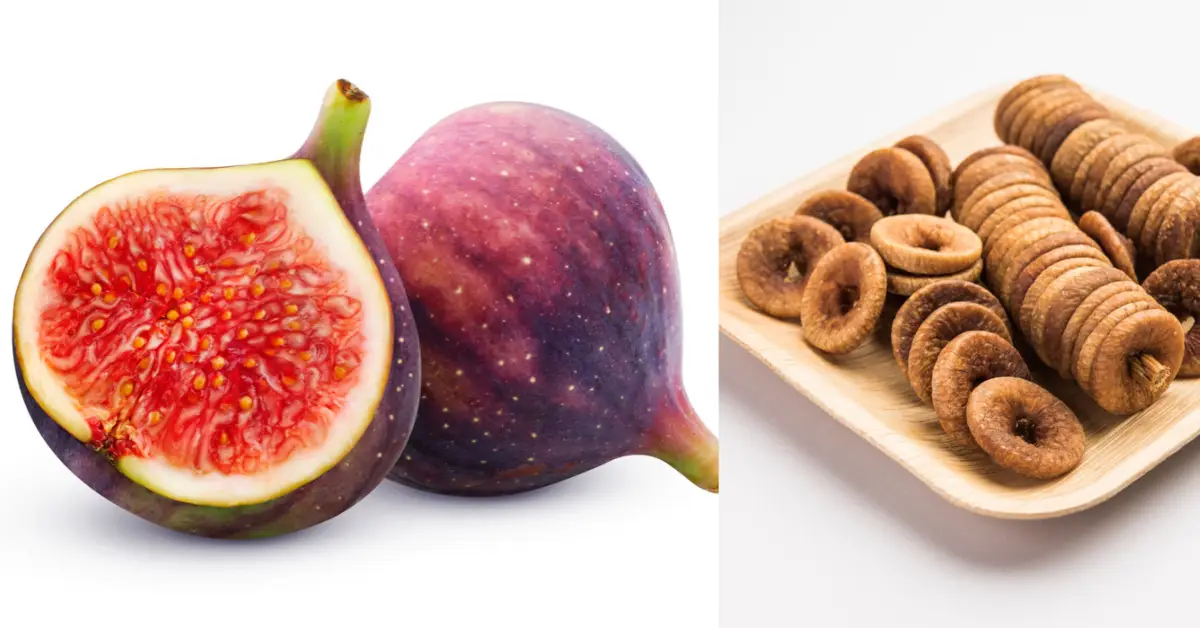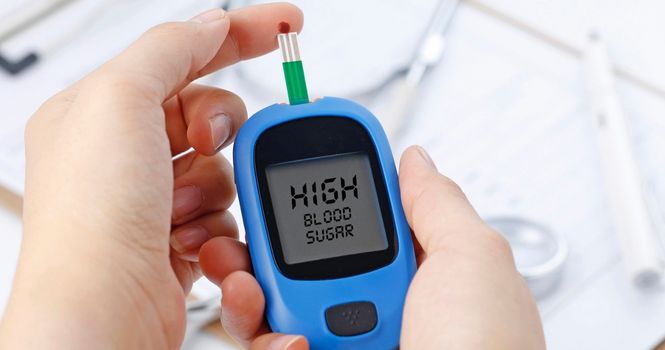Before understanding about Prediabetes, it’s necessary to know the natural history of Diabetes. Understanding what is considered Prediabetes is an essential part of this process.
Natural history of Diabetes
Normal Glucose tolerance is the normal state in a healthy person who doesn’t have Diabetes and the body responds to keep the glucose level within the normal range.
The next stage is Impaired glucose tolerance or Impaired fasting glucose and this stage is also called as Prediabetes
If Prediabetes stages progress without any intervention or change in the lifestyle, then we could see Clinical Diabetes.
If Diabetes is not treated , then we begin to see diabetic complications, which affects eyes, kidney, heart and nerves.
What Prediabetes means
The state of Impaired fasting Blood Sugar or Impaired glucose tolerance, but not high enough to be considered as Diabetic.
It describes an intermediate, “At Risk” group between Diabetes Mellitus and Normality, which essentially means patients are at risk of developing Diabetes.
Recognizing the early signs of blood sugar imbalance — such as the symptoms of high glucose levels — is key to managing diabetes effectively.
What are the Symptoms of Prediabetes
- Increased Urination
- Increased thirst
- Hunger, which is constant
- Weight Loss
- Chronic Skin conditions
- Generalised Pruritus or Itching
- Vision Disturbances
- Fatigue
Most of the symptoms in Prediabetes may be present in the patient and the patient might ignore them or they could be asymptomatic. It is important to check your Blood Sugar levels when you are unwell for any reason.
Glucose level for Prediabetes | a1c range for Prediabetes | What are Prediabetes numbers
Prediabetes with HbA1c range of 5.7% to 6.4% (39 to 46 mmol/ mol) should be considered High Risk for developing Diabetes.
Glucose level for Prediabetes is Fasting Plasma Glucose of 100 to 125 mg/dL, which is also called as Impaired fasting glucose.
Foods to avoid in Prediabetes
- Fried foods
- Processed meats
- Alcohol
- Sugary drinks like cola
- Sweets of all kinds
It’s important to avoid the foods which increase your blood sugar levels, also known as High Glycemic foods.
Foods to eat in Prediabetes
It is beneficial to have foods which have low Glycemic Index and which take longer time to move in the alimentary canal, or those which are rich in dietary fibre.
- Wholegrain cereals
- Green Leafy vegetables
- Fruits
- Split peas
- Lentils
- Black beans
- Green peas
- Foods with high dietary fibre.
How is Prediabetes Treated
Lifestyle habit changes are advised along with daily brisk walking for 45 minutes to 1 hour, along with dietary changes to begin with and slowly the person should move on to
- Moderate intensity aerobic activity for 150 minutes in a week or
- 75 minutes of High intensity aerobic activity for a week or
- Combination of high and low intensity spread throughout the week
All exercises have to be approved by your physician as each one has a different set of risk factors and medical and family history.










